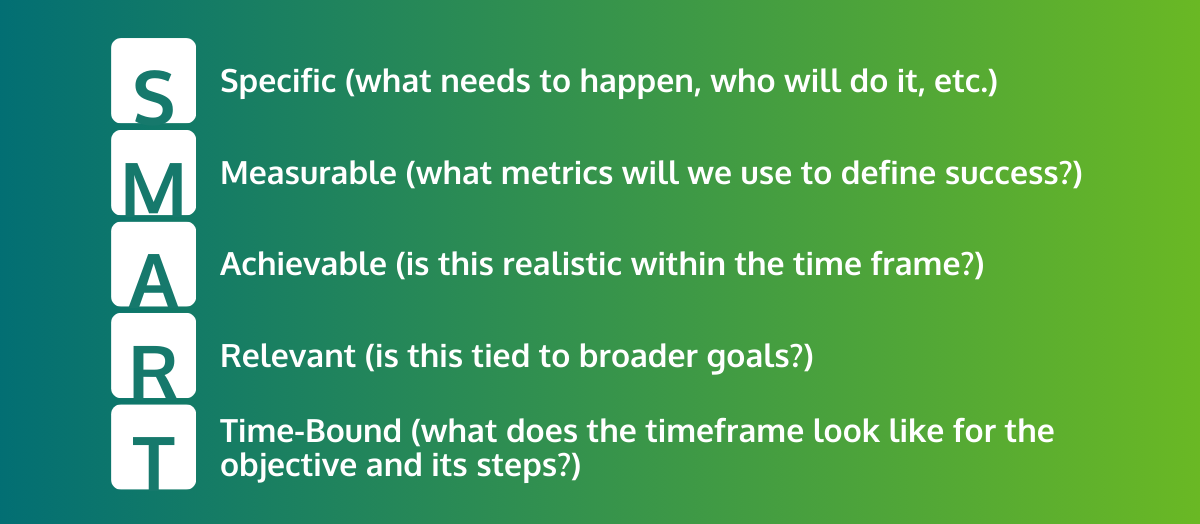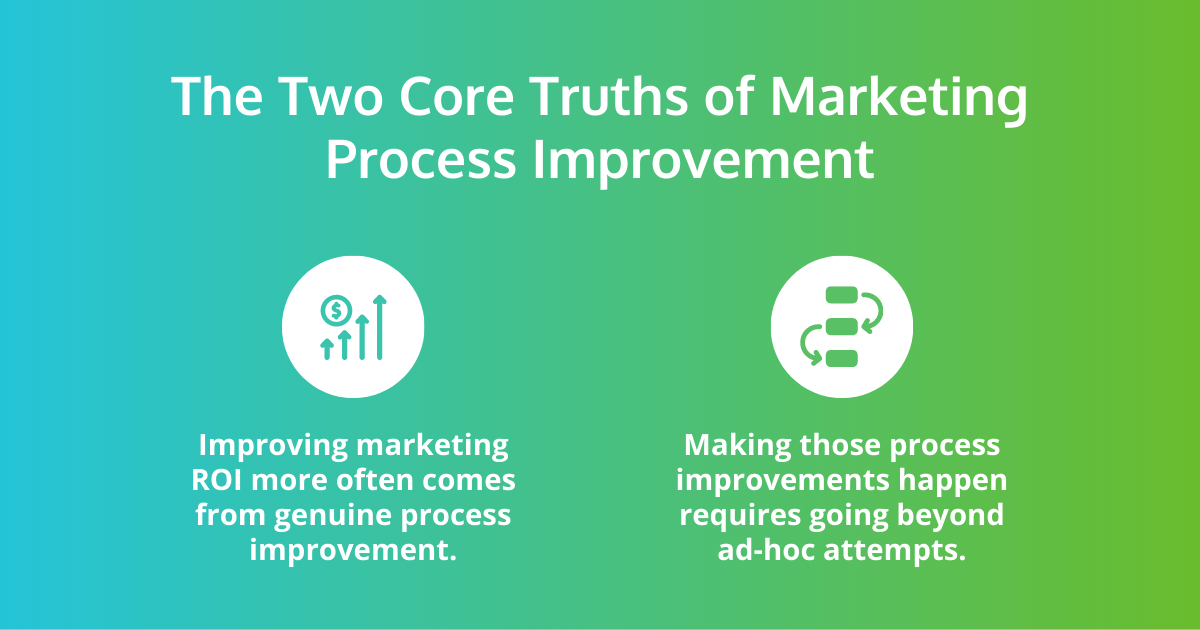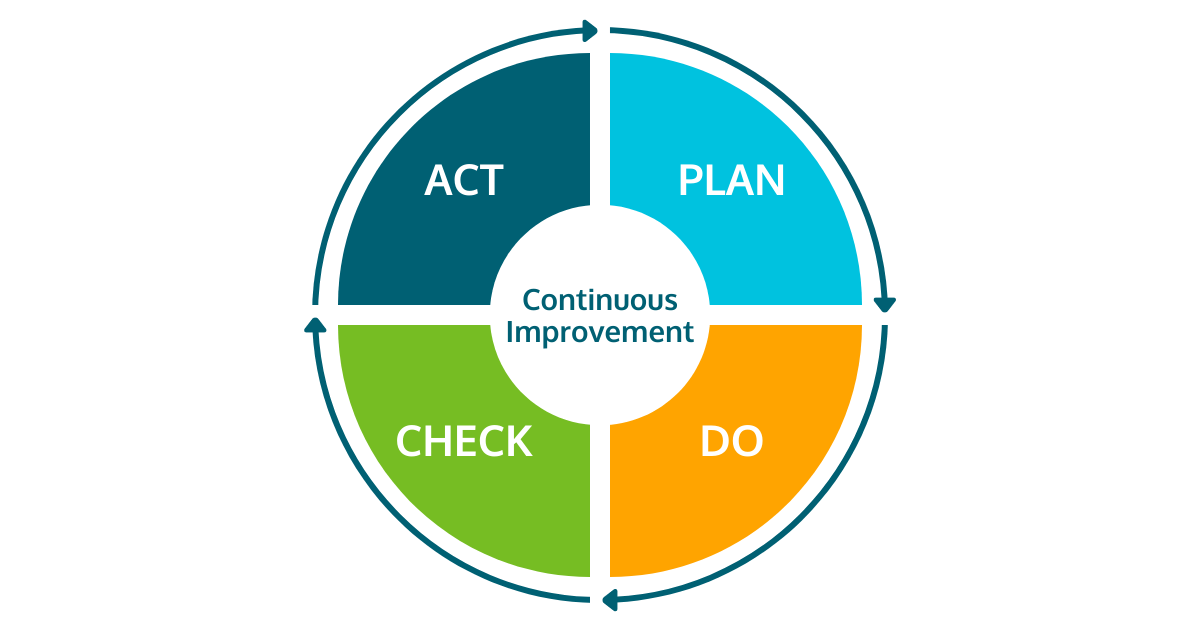-
- marketing agility
- Teams
- Organizations
- Education
- enterprise
- Articles
- Individuals
- Transformation
- Solution
- Leadership
- Getting Started
- business agility
- agile management
- going agile
- Frameworks
- agile mindset
- Agile Marketing Tools
- agile marketing journey
- organizational alignment
- Agile Marketers
- People
- Selection
- (Featured Posts)
- strategy
- agile journey
- Metrics and Data
- Kanban
- Resources
- Why Agile Marketing
- agile project management
- self-managing team
- Meetings
- Scrum
- agile adoption
- scaled agile marketing
- tactics
- scaled agile
- AI
- Agile Meetings
- agile marketing training
- agile takeaways
- Agile Leadership
- agile coach
- enterprise marketing agility
- Scrumban
- state of agile marketing
- team empowerment
- Intermediate
- agile marketing mindset
- agile marketing planning
- agile plan
- Individual
- Team
- Videos
- agile marketing
- kanban board
- Agile Marketing Terms
- agile transformation
- traditional marketing
- FAQ
- agile teams
- Agile Marketing Glossary
- CoE
- Scrumban
- agile
- agile marketer
- agile marketing case study
- agile marketing coaching
- agile marketing leaders
- agile marketing methodologies
- agile marketing metrics
- agile pilot
- agile sales
- agile team
- agile work breakdown
- cycle time
- employee satisfaction
- marketing value stream
- marketing-analytics
- remote teams
- sprints
- throughput
- work breakdown structure
- News
- agile brand
- agile marketing books
- agile marketing pilot
- agile marketing transformation
- agile review process
- agile team charter
- cost of delay
- hybrid framework
- pdca
- remote working
- scrum master
- stable agile teams
- stand ups
- startups
- team charter
- team morale
- user story
- value stream mapping
- visual workflow

Non-marketers may assume that we mostly develop slogans or even make commercials, but the reality is that marketing today is so focused on digital marketing that it’s easy to forget that it goes far beyond SEO, social media, and digital ads.
Frankly, with competition in the digital marketing space increasing year after year many of us marketers are suddenly being forced to get creative and step outside our digital comfort zones. That’s why there’s never been a better time to step back and reacquaint yourself with the fundamentals of marketing.

What Is Marketing?
Let’s start with the basic definition: Marketing is the act of promoting products or services including research.
If you’re like me, you might picture a hawker with fliers on a street corner when you read that definition. But the real fundamentals of marketing tie back to that last portion, the research.
Sure, all marketers promote products or services, but to actually be an effective marketer you need to consider the product or service you’re promoting, the target audience, and where they spend their time. Then, building on that process, you have to research, develop ideas, and most crucially, test those ideas.
This is because perhaps the single most fundamental force in all of marketing is diminishing returns. No matter what strategy you use for your marketing it will eventually stop producing an adequate Return on Investment (ROI).
The only effective way to fight back against the scourge of diminishing returns is to develop effective systems for generating and testing new ideas. In other words, marketing is just as much about things like creative brainstorming and experimental design as it is about trying to understand your customers.
Don’t get us wrong, being customer-centric is crucial. But what often gets overlooked is the extent to which the fundamentals of marketing are built on a foundation of experiments.
The 4 Ps of Marketing
Originally developed in the 1950s and refined since then, the Ps of marketing offer another effective way to break it down. Marketers can use them as a tool to step back and consider all the factors that go into marketing a product.
Product
Marketing always starts with the product (or service but we’ll just say product for clarity’s sake). If your product doesn’t have a Unique Selling Point (USP) or isn’t able to effectively solve a problem for a set of customers, then all the marketing in the world isn’t likely to help.
This is why close collaboration between marketers and the people developing products can be so important. Marketers offer a way to study customers and understand their needs. Product developers can then factor that information into the products they create.
Of course, you won’t always have a product team to work with, but the principle remains the same. Understanding your product is the first step towards finding the best way to sell it.
Price
A common mistake marketers make is thinking that price is just about figuring out what a customer will pay for something. While this is the basic definition of price, getting it right requires considering factors like the product’s perceived value, supply costs, competitor prices, and the cost of various inputs.
Simply relying on an Econ 101 price curve misses so much of this important context. For example, why do many luxury brands price their products far higher than a price curve would tell them to? The reason is the price is so much more than a number, it communicates things like the projected status of the person using it. Something like a luxury watch isn’t just about telling time, it’s about efficiently communicating the status of its owner. Thus, a discount may increase sales in the short term but erode them in the long run by reducing perceived value.
Place
If a product is priced but no one sees it, does it provide any value?
No.
That’s why place is just as essential as the previous two Ps. This is particularly important today when the divide between brick-and-mortar shopping and online shopping is greater than ever.
To understand why place is part of the fundamentals of marketing, consider this: if you saw an identical product for sale in a fancy department store and on a shady-looking website, you would perceive that product dramatically differently. It’s not dissimilar to seeing a luxury car for sale for $5. Yes technically that seems like the deal of a lifetime, but that’s not how 99% of people would perceive it.
All that is to say, a place needs to be carefully considered when deciding how to market a product.
Promotion
The last of the original Ps is promotion. This covers how you communicate the other 3 Ps to your customers, including advertising, PR, and other media. The way you approach promotion should be deeply tied into those other Ps, so all the elements make sense together and mutually support each other.
For example, if you want to sell a luxury handbag that’s hand-made in Italy in a brick-and-mortar boutique store, promoting it with a coupon for 5% off undermines the decisions made in Product and Place. A holistic approach that considers all elements together is the best way to ensure they don’t undermine each other in this way.

Additional Ps to Consider
Considering the 4 Ps were developed more than half a century ago, it’s hardly surprising that some updates have been proposed. Particularly relevant for anyone looking at the fundamentals of marketing today are People and Process.
People
“People” is about considering who is involved in the marketing process, from influencers to salespeople. Considering how often personal scandals now affect products those people are associated with along with the ability of the internet to transform the actions of a single salesperson into a major scandal, this additional P is vital to consider.
Process
The final P, Process, is also closely tied to the realities of buying goods today. It’s about the logistical side of delivering products to customers. While in some cases, like software, this isn’t really a consideration, when it comes to ordering physical products online it’s absolutely vital.
Before proceeding to see the common type of marketing you should be aware of, why don't you take a moment to see if bad processes are eating up your marketing budget?
Common Types of Marketing You Should Be Aware of
When looking at the fundamentals of marketing, there are a few basic types you need to familiarize yourself with. Here’s a simplified (but not exhaustive) list to get you started.
B2C Marketing
Perhaps the single most basic division in marketing is business-to-business (B2B) vs. business-to-consumer (B2C) marketing. While many basic principles still hold true, the vast differences between how businesses and consumers approach buying products and services means that approaching them the same way can have disastrous consequences.
Most B2C marketing targets much larger groups of prospects compared to B2B. Scale can be far more important than relationship building as a result. Here, marketers need to think about who their customers are, where they can be reached, and how they make buying decisions.
B2B Marketing
In B2B marketing, you need to carefully consider how the businesses you are targeting make decisions. Often you’ll end up marketing to fewer total prospects, so relationship-building can become particularly important. This also translates into longer purchase process times with more stakeholder involvement to move them down the funnel.
Outbound Marketing
Another fundamental division of marketing is outbound vs inbound. Here the difference is how you connect with customers. Outbound might involve things like old-school billboards, brochures, tv or radio advertising, and anything that involves actively reaching out to prospective customers.
As a result, division is most relevant for marketing that’s connected with sales compared to typical consumer products. If you were selling shoes, for example, you wouldn’t use outbound marketing to actively reach out to prospective customers individually.
Inbound Marketing
Instead of actively searching for individual customers, inbound marketing involves finding ways to get prospective customers to come directly to you. This could be through creating content like videos or articles that include Calls to Action (CTAs) asking them to get in touch. Usually, at that point, a salesperson will take over the conversation and try to convert the prospect into a customer.
Search Engine Marketing (SEO)
Considering how vital SEO is for most businesses today, it’s hard to believe that the term was coined just 22 years ago. SEO involves optimizing a website to increase its chances of ranking for specific keywords on search engines (mostly Google). This could be through things like improving technical performance like page load times or by creating content like articles.
Content Marketing
Usually tied closely to SEO, content marketing involves creating content like articles, videos, podcasts, ebooks, webinars, etc. in order to market products. The guiding principle is generally to provide value first as a way to develop trust with prospective customers. The content might link directly to a product or encourage you to provide an email which a salesperson can then use to contact you. In other cases that provided email can be used for email marketing.
Email Marketing
A key component of trust is time. However, finding ways to ensure prospective customers interact with your brand consistently over time is very difficult. Email marketing provides an effective tool for doing precisely that.
By sending regular emails, often containing something valuable like the content we just mentioned, brands are able to steadily build a strong relationship over time. Another benefit of email marketing is the precise analytics it provides, enabling marketers to perform tests to find the best approaches.
Social Media Marketing
Considering how much marketing involves finding a way to target prospective customers in the places they already spend time, it’s hardly surprising that social media marketing has become a part of the fundamentals of marketing.
From working with social media influencers to just regularly posting so your brand has a presence, this has become an essential tool for building awareness and sharing what you’re doing with an audience. But the other great advantage, like with content marketing, is the presence of analytics marketers can use to better understand their customers.
Affiliate Marketing
Lots of the types of marketing we’ve mentioned here can take weeks, months, or even years to really start delivering serious returns. One reason many marketers turn to affiliate marketing is that it offers a helpful shortcut.
Affiliate marketing is when a company pays another company or individual a referral fee in exchange for driving traffic to their website. For example, if I have a YouTube channel about cooking and discuss my favorite non-stick skillets, I may provide Amazon links to each of them. If a viewer buys a skillet through my link, I get a commission.
The benefits include the fact that in most cases, the business only has to pay if a sale is made, meaning the risk is quite low and the approach is able to scale easily.
Event Marketing
A true marketing classic, event marketing involves bringing people together, usually physically, to promote something. A movie premier is a great example, where the event itself helps bring news coverage which raises awareness about the product.
However, event marketing is somewhat less popular today because so many products and services have geographically dispersed customers. That said, it’s worth considering if you are able to pull it off.
Word-of-Mouth Marketing
If there’s a marketing fundamentals holy grail it’s word-of-mouth marketing. In contrast to every other type of marketing on this list, word of mouth happens without your involvement (at least once it gets going). This is closely tied to viral marketing, where people sharing and discussing a product on their own drives more people to do so, creating a multiplier effect that can bring tremendous results.
All that said, this is also the hardest type of marketing to do right. There’s no perfect formula for creating word of mouth, so it often involves a lot of trial and error.
Print Marketing
While the dramatic decline of print marketing may grab a lot of headlines, that doesn’t mean this type of marketing is dead and buried. Far from it. Print still offers a way to get targeted information to often quite defined audiences. Whether that’s in a local newspaper or even in a free brochure that goes out to commuters, there’s a good chance your target audience reads something in print and your competitors might not be thinking about it.
TV Marketing
Like with print, there’s no denying the importance of TV marketing has declined with the rise of streaming and cord cutting. But the reality that this may lead your competitors to discount it can make it an attractive strategy to reach your target audience in a unique way. From the Superbowl all the way down to local stations, millions of people still watch TV daily so it’s worth considering.
Radio Marketing
The last in the trio of declining mediums is radio. Here the story is much the same. While fewer people listen to radio compared with decades past, it still reaches huge audiences. Many of those people listen to hours of it while driving or doing other tasks, so it’s a great place to repeat a message and really let it sink in. Another benefit is that it’s quite affordable to try.
Before proceeding to learn how to develop a marketing strategy, take a moment to explore The Agile Marketing Credo — the new foundation for how modern marketers work with clarity, focus, and impact.
How to Develop a Marketing Strategy
Now that you’re acquainted with the most common types of marketing, how do you go about creating a strategy to utilize them?
Get into a Customer-Centric Mindset
If you asked me what the most basic foundation of great marketing was I’d have a simple answer: customer-centricity.

Focusing on your customer may seem obvious when it comes to marketing, but it’s shockingly common for marketers to neglect it. Instead, they might think about what marketing strategy is most convenient for them. Or, they may simply assume they understand what their customers want without putting in the work to test those assumptions.
Put another way, marketers should make providing value to their customers a primary focus of their work. Working to better understand who their customers are and what they deem valuable should be foundational instead of being viewed as just one minor component of the marketing process.
To actually do this, tools like surveys and interviews can be used to get detailed feedback about what your customers want and how they think. Creating customer profiles can also help ensure marketers keep them top of mind when making decisions. Just be sure not to conduct a survey once and decide you’re done, customers are always changing and marketers need to keep their finger on the pulse to understand those changes.
Consider Your Resources
If the first step to developing a marketing strategy is adopting a customer-centric mindset, the first practical step is to look at your available resources. After all, what’s possible is always going to play an enormous role in determining what should be done.
These resources can include things like financial budgets, but also the time available and the skills your team members possess. Tools like skill maps can help you better understand what you have to work with.
When you have to rely on external people to access some skills or resources, Service Level Agreements (SLAs) can make it far easier to manage those relationships and ensure work is predictable.
Analyze Your Competitors and Environment
Marketing never happens in a vacuum. Having a product or service with no direct competitors is technically possible but so rare it doesn’t really factor into the fundamentals of marketing. That’s why competitor analysis is a basic step in any marketing strategy.
Competitors should be both a source of inspiration and ideas as well as a way to better understand your customers and be deliberate about how your product fits into its landscape. One way to approach this is through SWOT analysis. This involves breaking down your Strengths, Weaknesses, Opportunities, and Threats to better understand the broader environment you’re operating in.
But while SWOT can be useful for examining the situation of a particular product on a smaller level, PESTEL analysis offers a tool for evaluating the macro environment and how it affects your business. It gets far more specific relative to SWOT, looking at Political, Economic, Social, Technological, Environmental, and Legal factors.
In other words, PESTEL provides another way to get marketers thinking about the environment they’re operating in. That’s why it can be useful to try using both PESTEL and SWOT to see how the results can combine for a better overall understanding.
Start with Great Objectives
Once you’ve got a customer-centric mindset and have analyzed your resources and environment it’s time to decide what your marketing strategy should actually try and achieve.
However, this is where so many marketing strategies fail before they even really begin.
One useful way to immediately start producing better marketing objectives is by ensuring they follow the SMART goal system.

Following this system will ensure your objectives are possible and, when achieved, will move the needle on what really matters to your organization. However, choosing the right objectives is only the first step. You also need to be willing to adapt and change (but more on that below).
Then there’s the question of how many objectives you should pursue with a marketing strategy without losing focus and getting overwhelmed. Obviously, this depends on the resources you have available, but 3-5 strategic annual objectives is a good place to start. Then, you can break those down into smaller objectives that you can aim for on a monthly or quarterly basis.
Execute Your Strategy
Once you’ve done your analysis, chosen your objectives, and decided on the best approach to achieve those objectives, it’s time to actually execute your strategy. One thing to keep in mind is that this step is not a one-way street.
To paraphrase Moltke the Elder, “No plan survives contact with the enemy.”
This applies just as much to marketers as it does to Prussian field marshals (there’s a sentence I bet you never thought you’d read!) Inevitably, once you begin to execute your strategy you will learn new things. The key is to be ready to adapt as you go instead of rigidly sticking to your plan no matter what.
Of course, this doesn’t mean changing your strategy four times a week. Please don’t do that.
Instead, it’s about using a structured approach to manage change and adapt as you go. The goal is to find a balance between never changing your plan and constantly changing your plan.
Analyze The Results
It doesn’t get talked about often enough but doing a proper retrospective analysis of your strategies is just as much a part of the fundamentals of marketing as creating those strategies in the first place.
This is where things like marketing attribution become vitally important. If you don’t have reliable data about how your campaign performed then you’re essentially driving blind. It then becomes impossible to determine what marketing activities actually produced value and to build on that knowledge in your next strategy.
So don’t forget to get attribution and metrics right before using that data to stop and discuss what went right, what went wrong, and how you can improve in the next strategy you create.
Make Changes
Now it’s time to take everything you learned executing your strategy and transform it into improvements. Crucially, this should be done in the form of tests and experiments, because simply assuming a change will make things better is an easy way to accidentally make things worse.

Instead, relying on good experimental design to test ideas enables you to act with confidence that the changes you’re making are really improving the value you can deliver through your marketing.
Start Over!
The final step is always to take everything you’ve learned and start over with a new marketing strategy. This cycle is called continuous improvement, where you aren’t relying on ad hoc processes to test ideas and improve how things work. Instead, that process is built into the fundamentals of how you do marketing.

After all, as we mentioned in the beginning, all marketing is subject to diminishing returns. Without a way to ensure continuous improvement happens, you’re always at risk of complacency and worsening results.
That said, the time to start over isn’t always when a marketing strategy is complete. But deciding when to pivot your approach is difficult because we’re so susceptible to the sunk cost fallacy. That’s another reason why data is so important. It enables us to detach from the emotional side of that decision and ensure we’re adjusting our strategies based on hard facts instead of how we might feel in the moment.
So it can be useful to choose a point at which you will pivot your strategy at the beginning instead of in the moment. Again, if things change you should be willing to adjust, but setting this ahead of time can make the decision easier.
Hone Your Skills
You never want to stop at the fundamentals of marketing, which is why we’ve created a range of mini-courses designed to equip you with the knowledge and skills to take your marketing to the next level. They build on all the basic concepts discussed here and show you how to apply them practically to get better results.
Try them for yourself and see why the way people approach marketing is evolving.
Topics discussed
Improve your Marketing Ops every week
Subscribe to our blog to get insights sent directly to your inbox.


